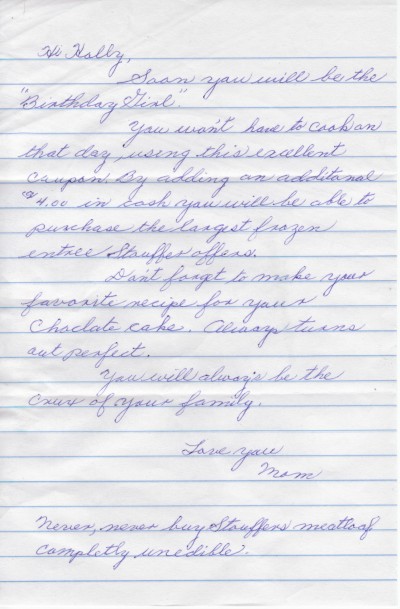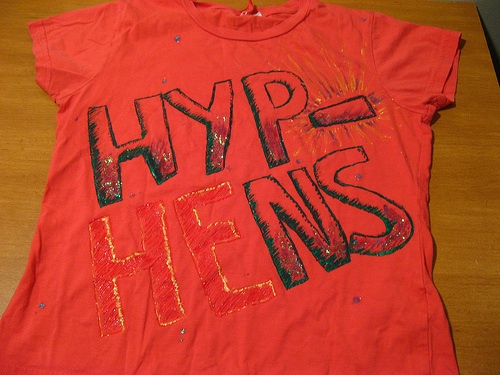
Go Play. Day 2. Killing the Butterfly
I’m reading Ann Patchett’s collection of her non-fiction works, This is the Story of a Happy Marriage, a gift from my ever-so-thoughtful friend Ellen Kanner. In “The Getaway Car,” Ann writes one of the most uncannily accurate descriptions of the writing process I’ve read, and since this Go Play Project about exercising those creative muscles in new, somewhat painful ways, this seemed particularly apt:
During the months (or years) it takes me to put my ideas together, I don’t take notes or make outlines; I’m figuring things out, and all the while the book makes a breeze around my head like an oversized butterfly whose wings were cut from the rose window in Notre Dame. This book I have not written one word of is a thing of indescribable beauty, unpredictable in its patterns, piercing in its color, so wild and loyal in its nature that my love for this book, and faith in it as I track its lazy flight, is the single perfect joy in my life. It is the greatest novel in the history of literature, and I have thought it up, and all I have to do is put it down on paper and then everyone can see this beauty that I see.
And so I do. When I can’t think of another stall, when putting it off has actually become more painful than doing it, I reach up and pluck the butterfly from the air. I take it from the region of my head and I press it down on my desk, and there, with my own hand, I kill it. It’s not that I want to kill it, but it’s the only way I can get something that is so three-dimensional onto the flat page. Just to make sure that the job is done I stick it into place with a pin. Imagine running over a butterfly with an SUV. Everything that was beautiful about this living thing—all the color, the light and the movement—is gone. What I’m left with is the dry husk of my friend, the broken body chipped, dismantled, and poorly reassembled. Dead. That’s my book.
No wonder I was drawn to butterflies for today’s collage. Things of beauty, but ready to be killed off, one by one. For those of you who write, or paint, or draw—or any other creative pursuit— what’s your process like?










